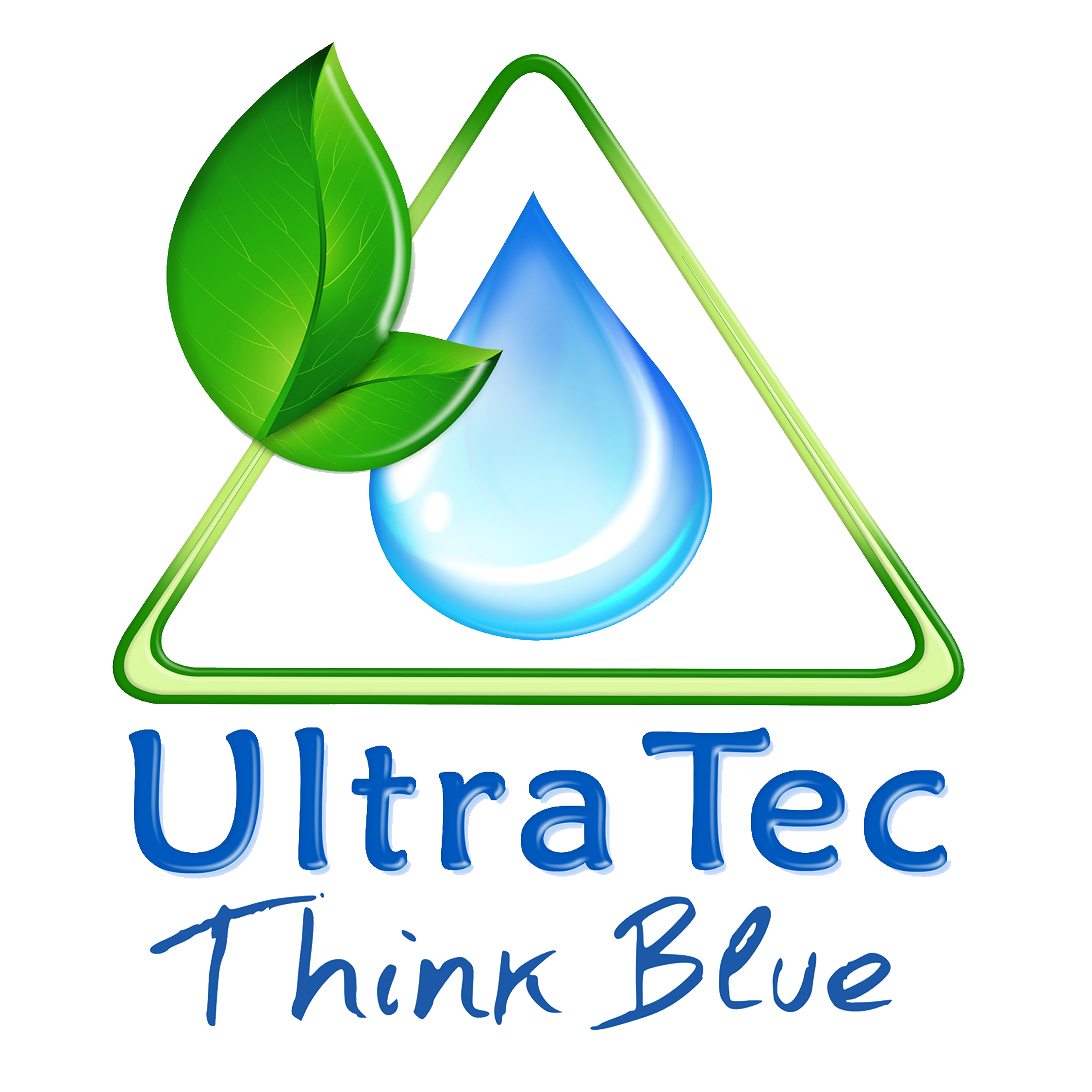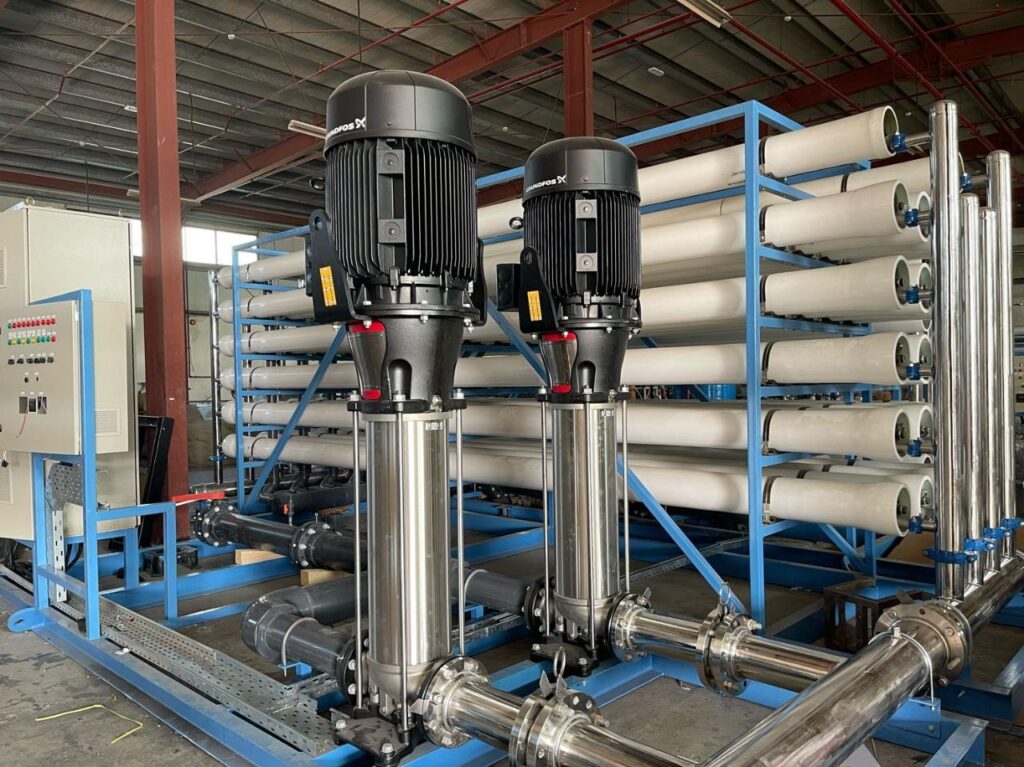Integrated Desalination and Waste-to-Energy Facility in Sharjah: Design and Implementation of a 19.5 m³/day RO Plant with 1000 ppm Brackish Water Treatment.
The case study will address the design and operation of a facility with a capacity of 19.5 m³/day, dealing with water that has a salinity of 1000 ppm. Here’s a structured approach to developing this case study:
- Introduction
- Design Parameters
- Design and Operation
- Case Study: Design and Implementation
- Results and Discussion
- Conclusion
1.1 Background
Sharjah, one of the emirates in the UAE, faces water scarcity challenges. To address these challenges, innovative solutions such as desalination and waste-to-energy technologies are being employed. This case study focuses on a combined RO desalination and waste-to-energy facility designed to process 19.5 cubic meters per day (m³/day) of brackish water with a salinity of 1000 ppm.1.2 Objectives
- To design an RO desalination plant capable of treating 19.5 m³/day of brackish water.
- To integrate waste-to-energy technology to optimize resource use and sustainability.
2.1 RO Desalination Plant
- Capacity: 19.5 m³/day
- Feed Water Quality: 1000 ppm Total Dissolved Solids (TDS)
- Product Water Quality: Typically, the RO system will produce water with TDS below 10 ppm, though higher purity is achievable.
2.2 Wastes-to-Energy Component
- Type of Waste: Municipal solid waste (MSW) and/or industrial waste.
- Energy Recovery Technology: Incineration, anaerobic digestion, or gasification.
- Energy Output: Sufficient to support the energy needs of the desalination process and possibly surplus for other uses.
3.1 RO System Design
- Pre-Treatment: Includes sediment filters and anti-scalant dosing to prevent fouling and scaling of the RO membranes.
- RO Membranes: Choose membranes suitable for brackish water with high rejection rates for salts and organic compounds.
- Pressure Pumps: High-pressure pumps to drive the feed water through the RO membranes.
- Post-Treatment: Typically involves pH adjustment and disinfection to ensure water quality meets municipal standards.
3.2 Wastes-to-Energy Integration
- Feedstock Preparation: Sorting and preprocessing of waste to maximize energy recovery.
- Conversion Process: Design of the waste-to-energy system (e.g., combustion chamber, gasification reactor).
- Energy Integration: Use energy generated from waste to power the RO plant, reducing reliance on external energy sources.
4.1 Design Considerations
- Energy Balance: Ensure that the energy generated from waste-to-energy is sufficient to cover the RO plant's energy requirements.
- Environmental Impact: Evaluate and mitigate emissions from the waste-to-energy process and ensure compliance with environmental regulations.
- Economic Feasibility: Assess cost-effectiveness, including capital and operational expenses, and potential savings from energy recovery.
4.2 Implementation
- Site Selection: Identify a suitable location in Sharjah for the combined plant, considering proximity to waste sources and water distribution networks.
- Construction: Timeline and milestones for the construction of the RO desalination plant and waste-to-energy facility.
- Commissioning: Testing and optimization of the systems to ensure they meet design specifications and performance targets.
4.3 Operation and Maintenance
- Operational Procedures: Standard operating procedures (SOPs) for the daily operation of the RO plant and waste-to-energy system.
- Maintenance Schedule: Regular maintenance tasks to ensure the reliability and efficiency of both systems.
- Monitoring: Continuous monitoring of water quality and energy production to ensure compliance with regulatory standards and operational efficiency.
5.1 Performance Evaluation
- Water Quality: Analysis of the quality of the produced water and its compliance with municipal standards.
- Energy Efficiency: Assessment of the energy recovery efficiency and its impact on operational costs.
5.2 Lessons Learned
- Challenges Encountered: Discuss any issues faced during design, construction, or operation and how they were addressed.
- Recommendations: Suggestions for improving the design and operation of similar facilities in the future.
Summarize the benefits of integrating RO desalination with waste-to-energy technology, emphasizing the sustainability, efficiency, and economic advantages. Highlight the success of the project in meeting Sharjah’s water and energy needs.

